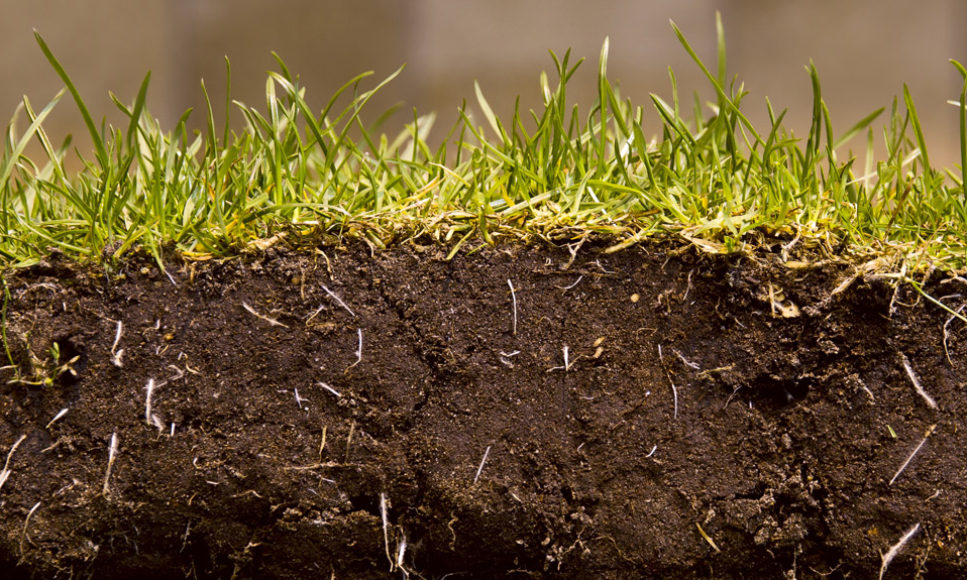What is a Polar Vortex?
Unfortunately, it’s not a new teleportation device that’ll ship us all to Mars. According to the National Weather Service, a polar vortex is a “large area of low pressure and cold air surrounding both of the Earth’s poles.” The term vortex actually refers to the counterclockwise flow of the air. This rotation purposefully keeps the colder air near the poles.

(Also, the vortex is high in the atmosphere, just doing its thing… swirling around.)
(Note: This process has always existed. Take-out your bingo card for things school didn’t teach you.)
What does the fractured, Polar Vortex look like?
We’ve all seen the news filled with articles on the record-breaking temperatures sweeping the nation, but what are the scientists saying? Judah Cohen, a researcher at Atmospheric and Environmental Research in Boston, and polar vortex expert, exclaimed “I think we’re seeing the impacts already… the first order impact [of a vortex split] is that you slow the west to east flow [of air] and add more of a north-south component,” or a weakening of the jet streams. (Washington Post) Jet Streams are the strong west to eastward winds that contain the arctic air at the poles. The weakening of the jet streams means that we’ll see less convection, or energy transfer of molecules. This means seasons will continue to vary and become sporadic globally.

In shorter words, the Southern U.S. (and other places) is going to continue to get smacked with COLD-ARTIC AIR as the atmosphere continues to warm.
Can we fix our polar vortex?
According to the big wigs (scientist), the current assumption is that the polar vortex is broken due to the arctic sea-ice loss. We’ve heard of this phenomena as a result of Earth’s atmosphere warming, or global warming. Therefore, climate change cannot simply be explained as things are getting hotter. It should be explained that the atmosphere is going through unusual changes due to the increased levels of carbon dioxide from fossil fuels. This is why we’re seeing issues relating to harsher conditions (extreme hot or cold) because the entire ecosystem (air, water, plants, humans , animals, etc.) is connected to each other.
What are effects of the polar vortex or climate change that I care the most about?

For one, I live in the south and North Carolina is a huge growing state. I’m very into growing and eating fresh foods. The foundation to growing food and being able to supplement our growing population is having nutrient-rich soil at optimal levels. With climate change, there’s an increase in CO2 (Carbon Dioxide), which leads to the warming of the Earth. In order to decrease the global carbon budget decomposers within the soil must be taken into consideration because they’re aiding plants ability to remove CO2 from the atmosphere. Decomposers are controlled by a hierarchy of three different components: climate > quality of dead plant material > soil organisms (bacteria, bugs, worms, etc). (Aerts) Decomposition is extremely temperature sensitive, therefore, when it’s colder we’re going to see significantly less decomposition as compared to warmer climates. Additionally, researchers have found that when there’s less snow due to the rising temperatures then there will be less nitrogen retention. In the future, there will be an increase N2O (nitrogen oxide) and CO2 (carbon dioxide) leaving the snow. Snow is a critical component for maintaining the nutrients within the soil. Snow prevents the soil from freezing and provides the ground with moisture. If the climate continues to become warmer, we’ll see a decrease in seasonality which can stress the temperature sensitives microbes that live within the soil leading to deaths. (Reynolds) Still, more research has to be done in order to fully understand these systems.The changes in soil composition affecting the landscape is can be determined by vegetation response as well as soil moisture and temperature. Unfortunately, it’ll take at least two decades for researchers to be able to fully determine the responses present in ecosystems because the current negative and positive feedback to climate change are minimal.
Hopefully, this gave a fresh look on climate change as it pertains to the extreme cold. Take some time to think about the changes you’ve witness in your environment.
Work Cited
Aerts, R. “The Freezer Defrosting: Global Warming and Litter Decomposition Rates in Cold Biomes.” Journal of Ecology, vol. 94, no. 4, 2006, pp. 713–724., doi:10.1111/j.1365-2745.2006.01142.x.
Reynolds, Lorien L., et al. “Soil Respiration Response to Climate Change in Pacific Northwest Prairies Is Mediated by a Regional Mediterranean Climate Gradient.” Global Change Biology, vol. 21, no. 1, 2014, pp. 487–500., doi:10.1111/gcb.12732.
US Department of Commerce, and Noaa. “What Is the Polar Vortex?” National Weather Service, NOAA’s National Weather Service, 27 Mar. 2018, www.weather.gov/safety/cold-polar-vortex.
Washington Post, and Washington Post. “The Polar Vortex Has Fractured, and the Eastern U.S. Faces a…” West Central Tribune, 16 Jan. 2019, www.wctrib.com/news/weather/4557566-polar-vortex-has-fractured-and-eastern-us-faces-punishing-winter.
ENEC 324 and ENEC 489